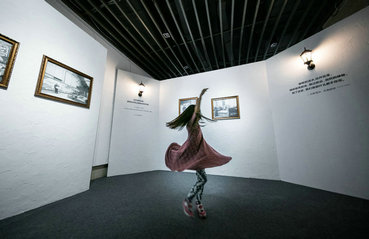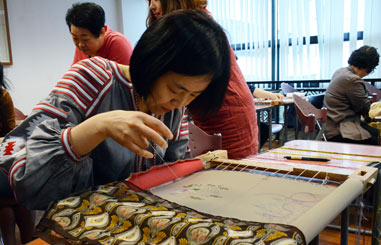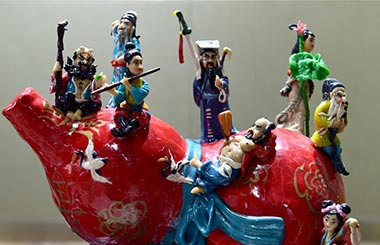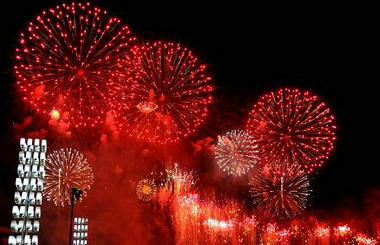Looking beyond the treasures
By Wang Kaihao ( China Daily ) Updated: 2016-05-10 08:40:44The institute has also completed an 11-volume series on ancient porcelain kilns based on 50,000 porcelain pieces it has collected.
"The research institution will continue to expand traditional fields of study and encourage interdisciplinary cooperation," Palace Museum director Shan Jixiang says.
The Forbidden City will host the world's largest academic research space in a museum when its 13,000-square-meter scientific research and cultural relics-protection center opens in October, Shan says.
But the institution doesn't plan to stand as an ivory tower that closes its doors to contemporary society, Shan says.
The research body opened a calligraphy department last week to initiate in-depth studies of its vast collection of works.
But the research organ's 16th department will serve more than just scholars. It'll also guide calligraphy education from primary through high school and serve as a public calligraphy-training center, department director Zhang Zhihe says.
The institute will also work to expand international cooperation to raise the international profile of Chinese archaeology. For instance, it hosted relic-preservation training in Qatar this year and Tanzania last year, and plans to extend the program to Singapore next year.
The museum's archaeology institution director Li Ji says it launched two major projects in India in the past two years.
The Visakhapatnam and Kollam ports of the southern Indian state of Kerala were the Palace Museum's archaeological team's first destinations abroad.
"For instance, many Chinese coins from the 10th to 16th centuries were unearthed in Kollam Port, which reflected a booming period of trade between China and the region," Li says.
"The studies not only reconstruct southwestern India's history but also contribute to our understanding of the ancient Maritime Silk Road."
Li also tells China Daily the team is planning another project with Germany's archaeological authorities on the early Holy Roman Empire's palace relics.
|
|
|
|
|
|
|
|

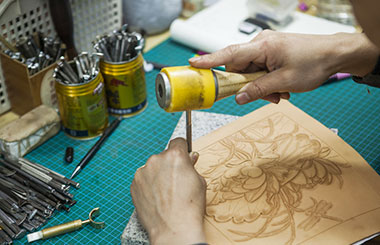

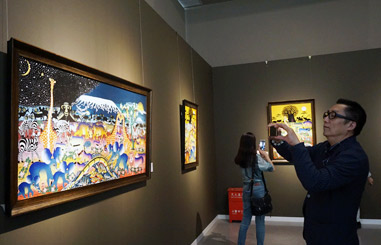
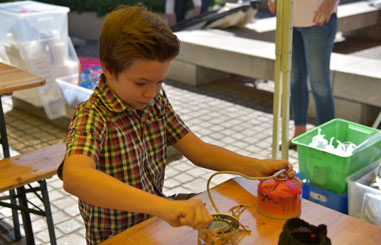
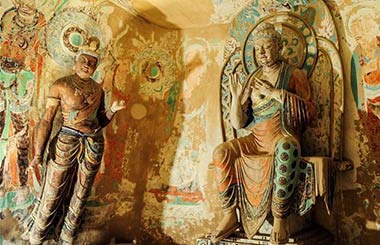

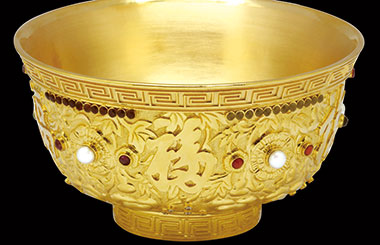
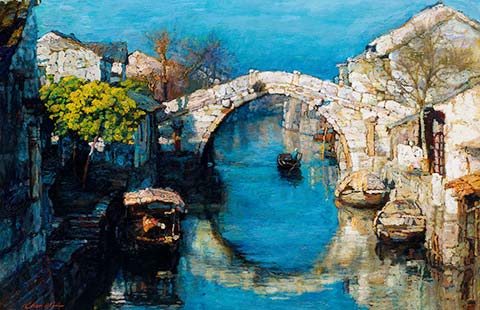

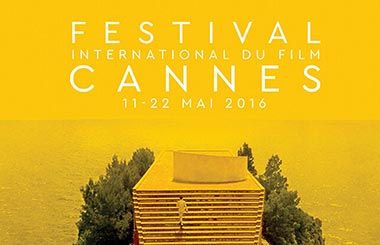
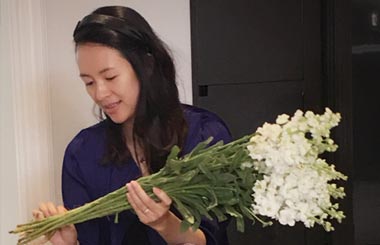


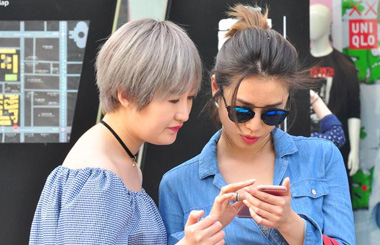



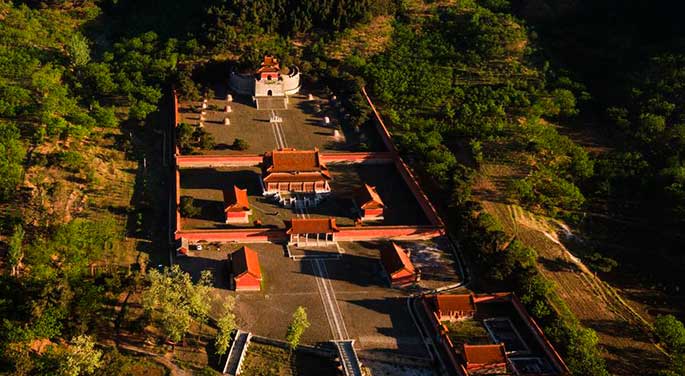

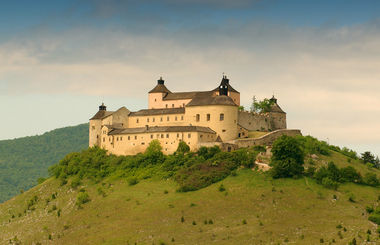
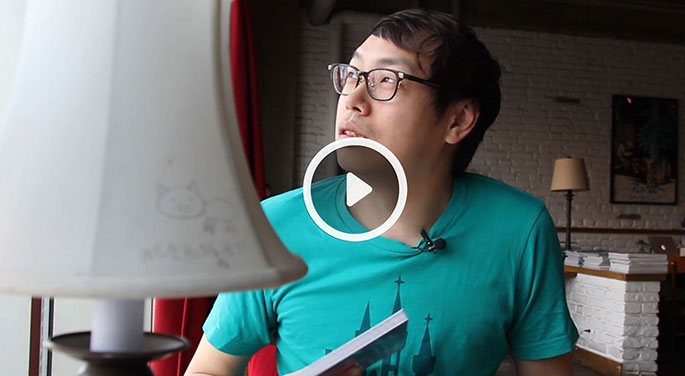

 Raymond Zhou:
Raymond Zhou: Pauline D Loh:
Pauline D Loh: Hot Pot
Hot Pot Eco China
Eco China China Dream
China Dream China Face
China Face

